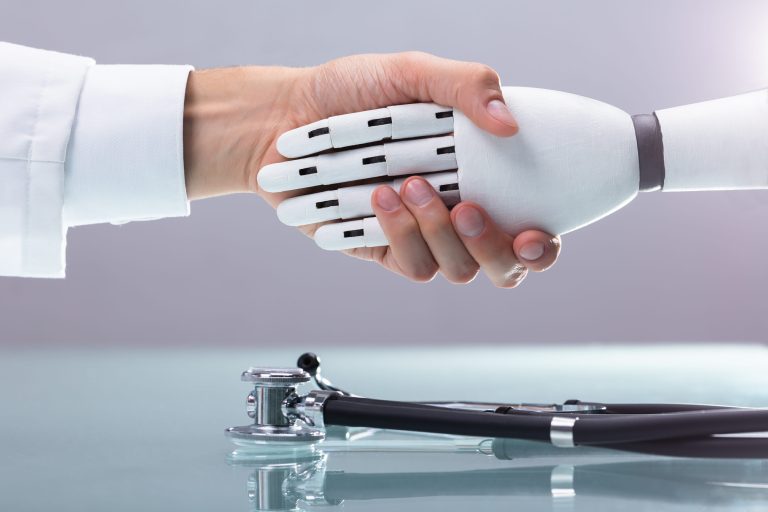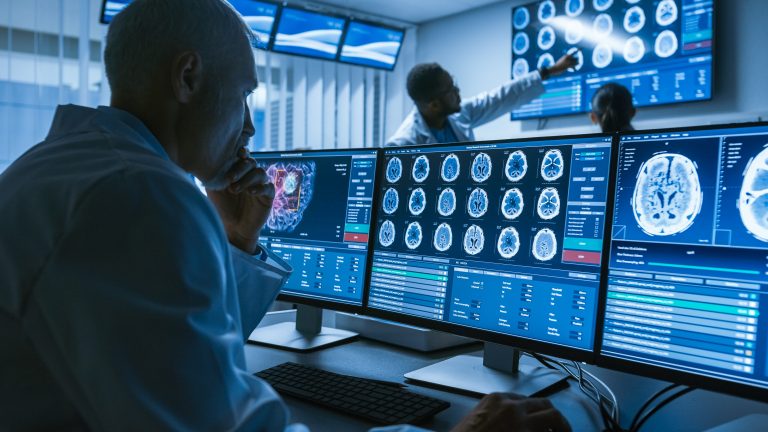“Breakthrough Study: Robots Match Radiologists in Breast Cancer Detection Accuracy”
A groundbreaking study published in the Journal of the National Cancer Institute indicates that artificial intelligence (AI) systems could potentially match the accuracy of radiologists in evaluating digital mammography for breast cancer screening.
Breast cancer stands as the most prevalent cancer among women, remaining a significant contributor to cancer-related deaths, with nearly 500,000 fatalities globally each year despite advancements in treatments. Screening programs that utilize mammography have shown effectiveness in lowering the mortality associated with breast cancer. However, these screening initiatives are labor-intensive due to the high volume of women needing assessment. As the number of breast screening radiologists diminishes in several regions, there is growing interest in exploring alternative screening methodologies.
Since the 1990s, efforts have been made to develop computer-aided detection systems aimed at automatically identifying and classifying breast lesions in mammograms. Nevertheless, previous research has failed to demonstrate that these systems enhance screening performance or cost-effectiveness, which has limited their application in mammographic screening.
In this particular study, researchers evaluated the cancer detection capabilities of a commercially available AI system against those of 101 radiologists who interpreted nine cohorts of mammography exams from four different manufacturers, which were part of earlier research. Each dataset comprised mammography evaluations from four distinct vendors, with multiple assessments per exam, culminating in a total of 2,652 examinations (of which 653 were identified as malignant) and interpretations from 101 radiologists (generating 28,296 independent assessments).
The findings revealed that the AI system’s performance was statistically comparable to that of the average radiologist. The AI achieved cancer detection accuracy that aligns closely with that of a standard breast radiologist in this retrospective analysis.
“Before determining the optimal integration of AI systems in breast cancer screening via mammography, we aimed to assess the true capabilities of these systems,” noted Ioannis Sechopoulos, a co-author of the paper. “It was thrilling to observe that these systems have attained a level of performance comparable to radiologists who dedicate a significant portion of their time to interpreting screening mammograms.”
Story Source:
Materials provided by Oxford University Press USA. Note: Content may be modified for style and brevity.
Journal Reference:
Alejandro Rodriguez-Ruiz, Kristina Lång, Albert Gubern-Merida, Mireille Broeders, Gisella Gennaro, Paola Clauser, Thomas H Helbich, Margarita Chevalier, Tao Tan, Thomas Mertelmeier, Matthew G Wallis, Ingvar Andersson, Sophia Zackrisson, Ritse M Mann, Ioannis Sechopoulos. Stand-Alone Artificial Intelligence for Breast Cancer Detection in Mammography: Comparison With 101 Radiologists. JNCI: Journal of the National Cancer Institute, 2019; DOI: 10.1093/jnci/djy222






